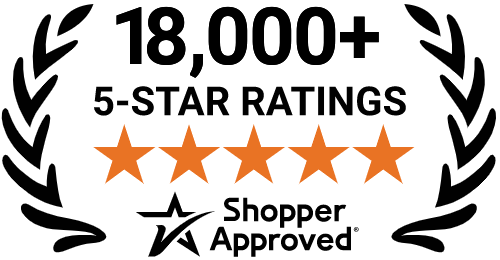Comparing Traditional Cameras vs. Smart Security Cameras: Making the Right Choice for You
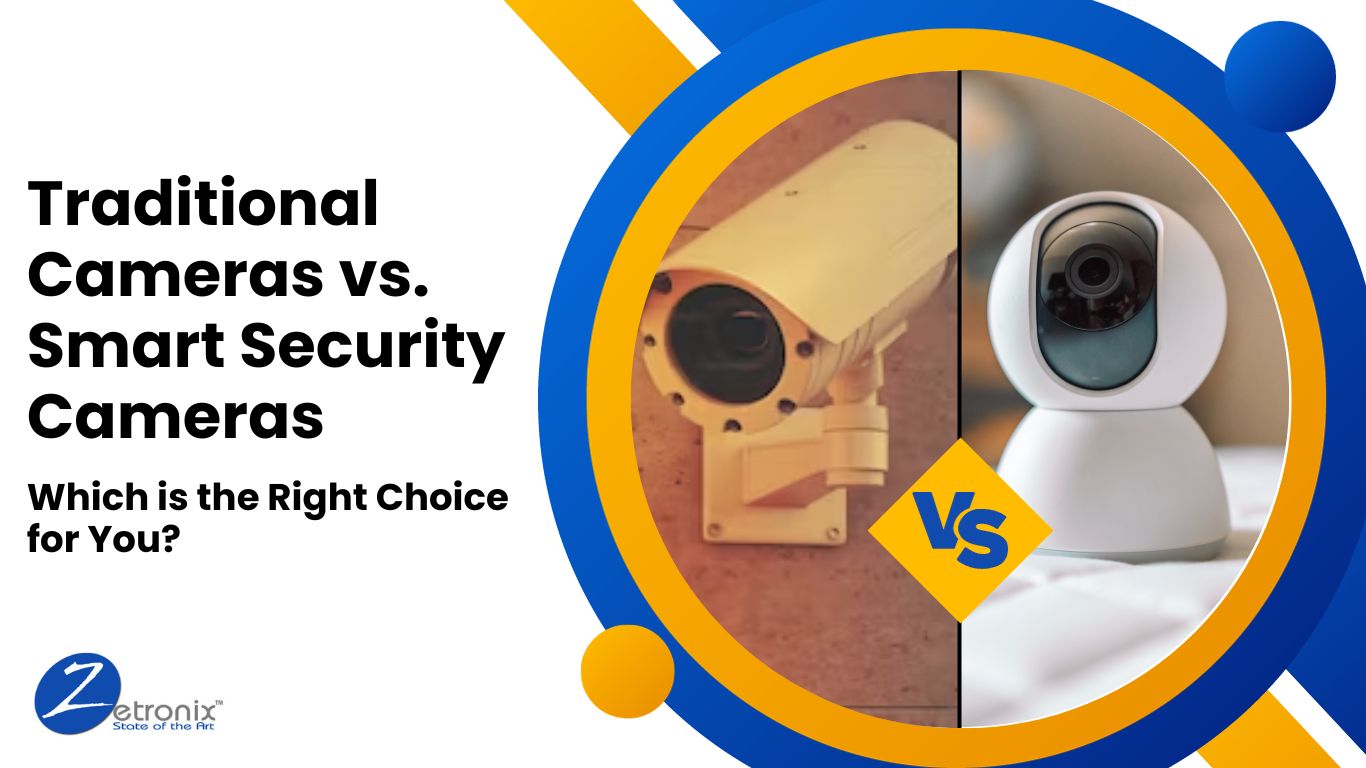
In today's world, security is not just a luxury; it's a necessity. Whether you're looking to safeguard your home or want to enhance the security measures at your business, a security camera can make a significant difference. Given the rapid advancements in technology, consumers now have the option to choose between traditional and smart security cameras.
While both aim to provide safety, their features, costs, and operational nuances differ considerably. This comprehensive guide will explore the various aspects of a traditional and a smart security camera to help you decide which one aligns with your needs.
From video quality, storage options, and real-time alerts to cost considerations and data security, this article aims to cover all the key points to consider.
What are Traditional Cameras?
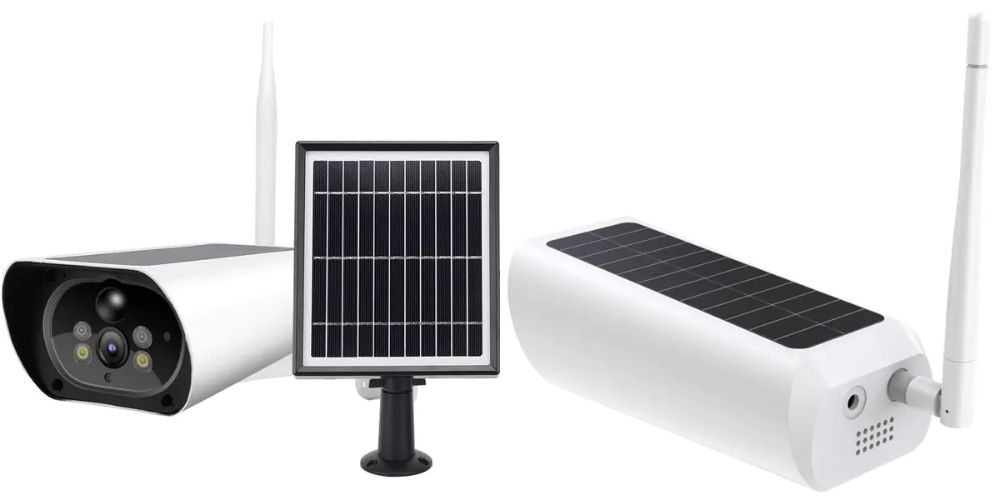
Traditional security cameras have been the standard choice for surveillance for many years. These cameras usually capture and record videos on a continuous loop, allowing you to review the footage later. Traditional cameras are often wired and require a direct power source like a solar powered wifi camera.
While some may offer basic features like motion detection and night vision, they generally lack advanced functionalities. These cameras are often considered easy to operate, less complicated, and, most importantly, cheaper in comparison to their smart counterparts. However, they come with their own set of limitations such as the need for manual monitoring, limited storage capacity, and fewer customization options.
In summary, traditional cameras serve as a basic, cost-effective solution for those who want a no-frills approach to security.
What are Smart Security Cameras?

Smart security cameras are the next generation of surveillance tools designed to offer more than just video recording. These high-tech devices come with a host of features like real-time alerts, cloud storage capabilities, voice controls, and even integration with other smart home systems. Unlike traditional cameras, smart cameras are often wireless, making installation less cumbersome.
With a smart camera, you can instantly access a live video feed of your premises through a mobile app, no matter where you are. The real-time alerts can notify you immediately of any activity, allowing you to take quick action if needed. While feature-rich, these cameras usually come at a higher price point, requiring a stronger Wi-Fi connection for optimal functionality. They are a must-have for smart home systems.
Key Features: Comparing Traditional vs. Smart Cameras
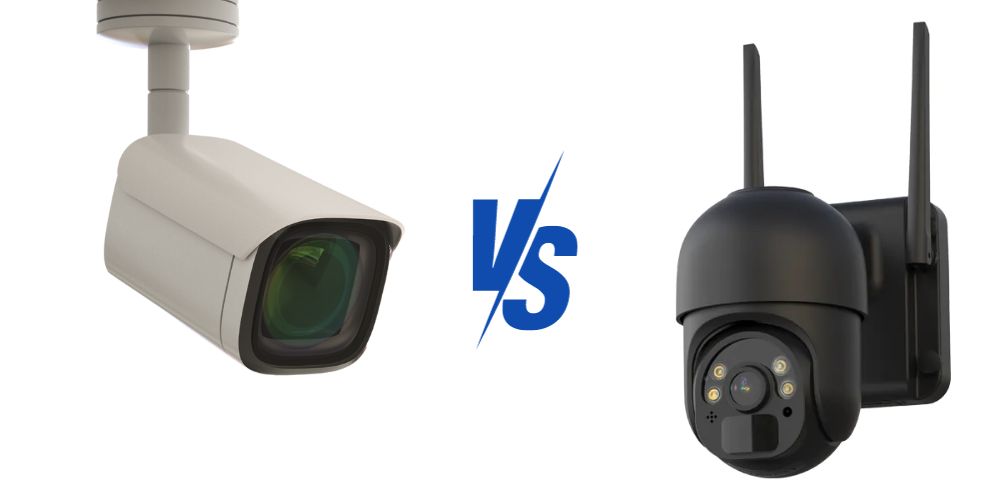
When it comes to features, smart cameras clearly have the upper hand. Traditional cameras often provide variable video quality, and storage is usually limited to an internal hard drive or connected local network. This means you have to manage your storage space judiciously.
On the other hand, smart cameras offer high-definition video and various cloud storage options like a wifi nanny cam. They also excel in providing real-time alerts directly to your phone or email, a feature that traditional cameras simply don't offer. However, traditional cameras have the advantage of being less dependent on internet connectivity. They can continue recording even when your Wi-Fi is down, which is something to consider if your internet connection is unstable.
Flexibility and Installation: What to Expect

Traditional cameras often come with a complex installation process involving wiring, drilling holes, and setting up a separate monitor. This can be both time-consuming and expensive if you opt for professional installation. Smart cameras, in contrast, are designed for ease of use right out of the box.
Many models are plug-and-play and can easily be installed using simple tools or even adhesive strips. Furthermore, smart cameras offer greater flexibility in placement since many can operate on batteries. This enables you to position your camera in locations where it's difficult to run electrical wiring, providing more comprehensive coverage of your property.
Power Supply and Placement Considerations
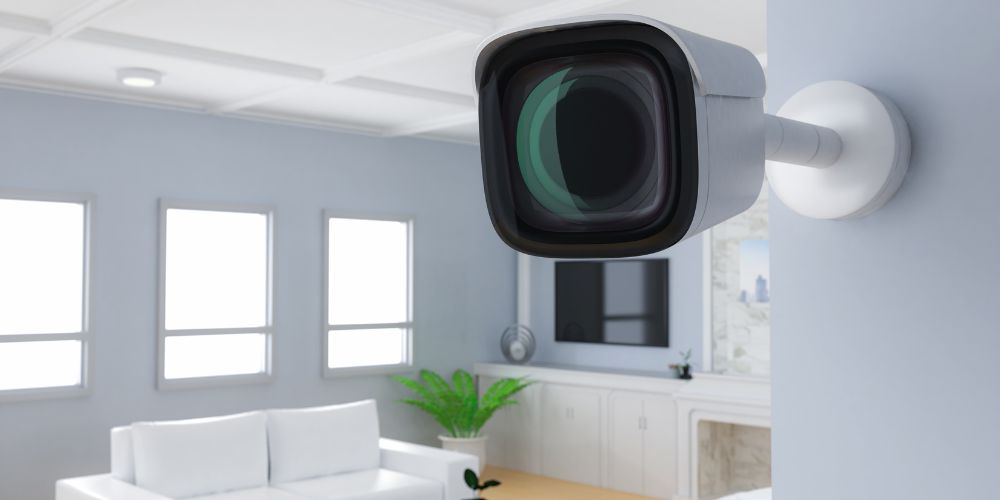
Traditional cameras usually require a constant connection to an electrical source when it comes to the power supply. This could limit your options for placement, requiring you to think carefully about camera positioning to ensure optimal coverage. Smart cameras offer greater flexibility in this regard.
Many models come with rechargeable batteries or even solar-powered options, allowing for a wider range of placement choices. However, if you opt for a battery-operated smart camera, you'll need to keep an eye on the battery level and replace or recharge it as needed, which could be a downside for some people.
Integration with Other Smart Devices
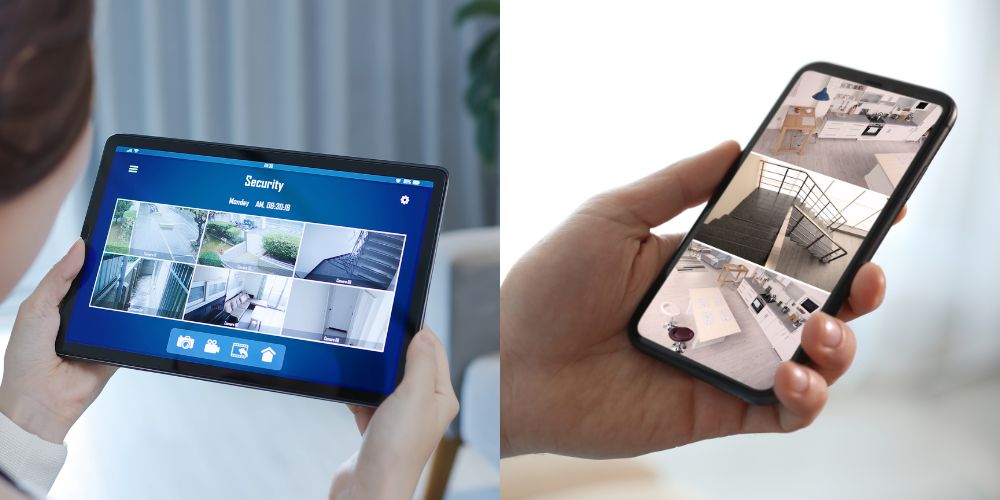
One of the most compelling advantages of smart cameras is their ability to integrate seamlessly with other smart home devices. You can link your smart camera with voice-controlled assistants like Amazon Alexa or Google Assistant and an overall smart home security system, allowing you to operate the camera using voice commands.
Moreover, many smart cameras can be controlled through a centralized app, making managing other connected devices like smart lights, thermostats, and door locks easier. This creates a cohesive, interconnected smart home ecosystem that can be controlled from the palm of your hand. Traditional cameras, being isolated systems, do not offer this level of integration, making them less versatile for those looking to build a smart home.
Data Security Concerns: What You Should Know

While smart cameras offer numerous advantages, they also come with their own set of risks, primarily related to data security. Since these cameras are connected to the internet, they are susceptible to hacking if not properly secured. It's crucial to keep your software updated and to use strong, unique passwords to minimize these risks.
Traditional cameras, on the other hand, are generally not connected to the internet, making them less vulnerable to cyber threats. However, they are susceptible to physical tampering or theft, as they usually store footage on a local hard drive. Therefore, regardless of which type you choose, it's important to take appropriate security measures to protect your data.
Making Your Choice: Factors to Consider
Choosing between a traditional and a smart security camera depends on your needs, preferences, and budget. Ask yourself the following questions to help make an informed decision:
- What is your budget for a security camera?
- Which features are essential for you?
- Would you benefit from real-time alerts?
- Do you prefer cloud storage, or are you comfortable with local storage?
If you prioritize advanced features, remote access, and integration with other smart devices, then a smart camera might best fit you. However, if you're looking for a simpler, more budget-friendly option without the need for advanced features, a traditional camera may suit your needs better.
FAQs:
1. Can I upgrade my traditional camera to make it "smart"?
While you can't directly upgrade a traditional camera to make it smart, you can use add-ons like smart plugs to turn it on or off remotely. However, you won't gain advanced features like real-time alerts or cloud storage. If those features are crucial for you, investing in a dedicated smart camera might be the better option.
2. Do smart cameras require a subscription service?
Many smart cameras offer basic functionality without a subscription, but advanced features like cloud storage or facial recognition often require a monthly or yearly fee. Always check the subscription details before purchasing to understand what's included and what's not.
3. How secure are smart security cameras?
Smart cameras use Wi-Fi, making them susceptible to hacking if not secured properly. Always use strong, unique passwords and keep your device's firmware up to date to minimize risks. Some brands offer two-factor authentication for added security.
4. What happens when the power goes out?
Traditional cameras with a constant power supply will stop recording during a power outage. Some smart cameras have battery backup options that can keep them running for a limited time, allowing you to maintain some level of surveillance.
5. Can I integrate traditional cameras into my smart home system?
Traditional cameras generally can't be integrated into smart home systems because they lack internet connectivity. If smart home integration is essential for you, you should go for a smart security camera.
6. Do all smart cameras offer two-way communication?
Not all smart cameras offer two-way communication. While this feature is increasingly common in newer models, it's not a given. If speaking to visitors or family members through the camera is important to you, make sure to check for this feature before making a purchase.
Conclusion: Your Security, Your Choice
In conclusion, both traditional and smart security cameras have their own sets of advantages and disadvantages. Smart cameras offer advanced features, easier installation, and seamless integration with other smart devices but come at a higher cost and potential security risks.
Traditional cameras provide basic surveillance at a lower cost but lack many advanced features that smart cameras offer. Your choice should be based on carefully evaluating your specific needs, the level of security required, and your budget. By taking the time to consider these factors, you'll be well on your way to making a decision that provides both peace of mind and effective security.
Whether you want to buy a traditional or smart security cam, you can find a fantastic range of each at Zetronix. You won't be disappointed by the quality and amazing features they include!

